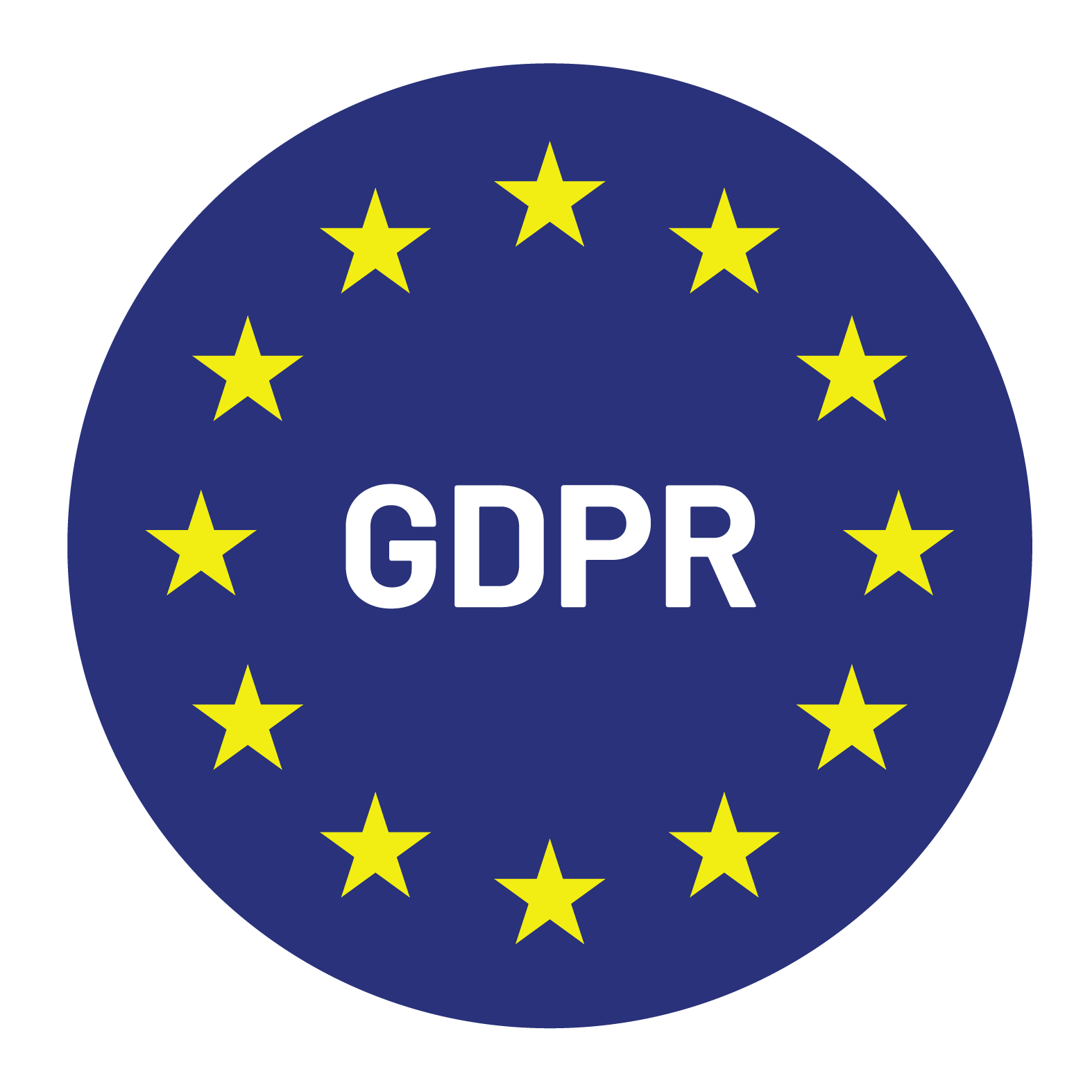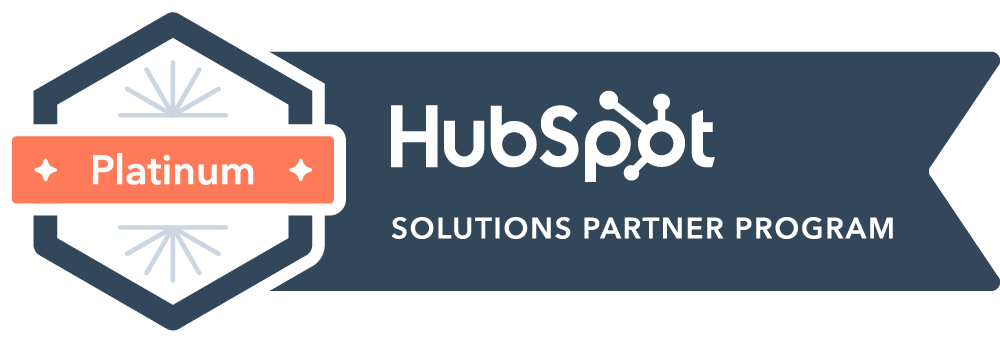

Content Writer for Whistle with multidisciplinary experience spanning over a decade.
B2B SaaS marketing teams often throw around the terms demand generation and demand capture as if they’re interchangeable. They’re not. In fact, confusing the two can be one of the most expensive mistakes a SaaS go-to-market team makes.
When your strategy is built on the wrong motion, you either spend big on ads that don’t scale, or you create great content that never converts. SaaS companies that know how to balance both see stronger pipeline velocity, lower CAC, and healthier long-term growth.
This breakdown covers 15 critical differences between demand capture and demand generation in SaaS marketing, with a focus on balancing strategy, smart investment, and long-term impact. By the end, you’ll know how to balance the two, where to invest, and how they fuel long-term growth when done right.
Demand Generation | Demand Capture | |
What is it? | Demand generation is about building awareness, trust, and future pipeline. It’s a top- and mid-funnel motion where your brand earns attention before buyers are in-market. | Demand capture is the flip side of the funnel. Instead of creating awareness, you’re targeting buyers who are already in-market and actively searching for solutions. |
Goal | Create mindshare and brand equity so that when your buyer is ready to purchase, your company is top of mind. | Turn active intent into pipeline as fast as possible. |
Examples | Content marketing, SEO, thought leadership, community building. | Google Ads, review sites, retargeting, lead forms. |
Let’s break it down difference by difference.
Demand Generation: Top and middle funnel (awareness, education, trust). Here you’re introducing your category, educating buyers about problems they might not even know they have, and establishing your brand as the go-to resource. You’re playing the long game, building relationships with prospects who might not buy for 6-18 months.
Demand Capture: Bottom funnel (buyers actively evaluating). These prospects already know they have a problem, understand the solution category, and are comparing vendors. They’re ready to buy, you just need to convince them you’re the best choice. The sales cycle is compressed because the education phase is already complete.
Demand Generation: Long-term — 6 to 12 months+ to see ROI. Demand generation is an investment in future pipeline. The content you create, the brand awareness you build, and the thought leadership you establish compound over time.
Demand Capture: Short-term — pipeline in weeks or months. When someone searches for “best CRM software” on Google, they’re ready to buy now. Your Google Ad can generate a demo request within hours of launch. The ROI is immediate but doesn’t compound the same way.
Demand Generation: The entire addressable market, even those unaware of the problem. You’re casting a wide net to educate prospects who might not even realize they need your solution. This includes people who are still using manual processes, outdated tools, or haven’t recognized the pain points your product solves.
Demand Capture: In-market buyers already searching for solutions. These prospects have done their homework. They understand the problem, know solutions exist, and are actively evaluating options. Your job is to get in front of them at the moment they’re ready to make a decision.
Demand Generation: Engagement, MQLs, webinar sign-ups, brand lift, content downloads, social shares, organic traffic growth. These metrics focus on reach, engagement, and relationship building. You’re measuring whether people find your content valuable and are willing to engage with your brand over time.
Demand Capture: Pipeline, CAC, win rates, revenue, conversion rates, cost per SQL, time to close. These are hard revenue metrics that directly tie to business outcomes. Every dollar spent should generate measurable pipeline within a defined timeframe.
Demand Generation: SEO, LinkedIn organic, podcasts, blogs, community forums, events, PR, brand partnerships. These channels are about building authority, sharing knowledge, and becoming part of industry conversations. They require consistent investment and patience but create compound returns.
Demand Capture: Google Ads, review sites (G2, Capterra), retargeting, LinkedIn ads, and intent data platforms. These channels intercept prospects who are already in buying mode. They’re more expensive per impression but generate higher conversion rates.
Demand Generation: Educational guides, industry reports, ebooks, thought leadership articles, webinars, podcasts. This content builds trust and positions your company as an expert. It answers broad questions like “How do you know if you need marketing automation?” rather than “Why choose our marketing automation tool?”
Demand Capture: Product comparisons, pricing pages, case studies, free trials, ROI calculators, vendor comparison guides. This content helps prospects make buying decisions. It’s product-focused and designed to convert prospects who already understand their need.
Demand Generation: Higher upfront investment with slower payback. You might spend $50k on a research report that generates leads over 18 months. The cost-per-lead looks expensive initially, but improves dramatically over time as the content continues generating organic traffic and social shares.
Demand Capture: Immediate ROI-driven spend with predictable returns. A Google Ads campaign might generate $3 in pipeline for every $1 spent within 30 days. The ROI is immediate and measurable, but it doesn’t compound, you have to keep spending to maintain results.
Demand Generation: Marketing nurtures prospects through multiple touchpoints before passing to sales. The lead nurturing process might involve 6-12 touchpoints over several months. Sales receives prospects who are educated about the problem and solution category, but may need additional qualification.
Demand Capture: Sales follows up directly after hand-raise with minimal delay. These prospects are ready for immediate sales engagement. The handoff needs to happen within hours, not days, because competitors are also targeting the same in-market buyers.
Demand Generation: Marketing automation platforms, content management systems, social media schedulers, brand monitoring tools, survey platforms, event management software. These tools focus on content creation, distribution, and engagement measurement across long buyer journeys.
Demand Capture: Intent data platforms, lead capture forms, CRM workflows, retargeting pixels, conversion tracking, call tracking software. These tools focus on identifying in-market buyers and converting them as efficiently as possible.
Demand Generation: Not yet problem-aware, still learning about their challenges and potential solutions. They might be experiencing pain but haven’t connected it to a need for new software. Your job is education and problem identification before solution positioning.
Demand Capture: Actively comparing vendors, researching features, and evaluating fit. They understand their problem, know solutions exist, and are focused on finding the best option. Your job is differentiation and conversion optimization.
Demand Generation: Storytelling, pain-point education, thought leadership, industry insights. Messages focus on “Here’s what’s changing in your industry” or “Here’s a better way to think about this problem.” The tone is consultative and educational rather than promotional.
Demand Capture: Product-heavy, feature/benefit comparisons, urgency-driven offers. Messages focus on “Here’s why we’re better than the competition” or “Book a demo to see how we can solve your specific problem.” The tone is direct and conversion-focused.
Demand Generation: Compounding returns over years. A piece of thought leadership content might generate a few leads in month one, dozens in month twelve, and hundreds over three years as it gains organic traffic and social proof. The returns accelerate over time.
Demand Capture: Linear ROI within weeks or months. A Google Ads campaign generates predictable returns based on spend, but the ROI doesn’t compound. Double the budget, roughly double the leads. Stop spending, leads stop immediately.
Demand Generation: Scales with content library, brand recognition, and organic reach. As you publish more valuable content and build brand authority, your cost per acquisition decreases. Thought leadership scales exponentially because one piece of content can influence thousands of buyers.
Demand Capture: Limited by in-market buyer volume and competition. There are only so many people searching for your solution at any given time. As more competitors enter the market, costs increase and conversion rates decrease. Scaling requires expanding to adjacent keywords or markets.
Demand Generation: Slow ROI requires patience and consistent investment. Companies often abandon generation strategies before they mature because the ROI timeline doesn’t match quarterly expectations. Attribution is also difficult, making it hard to justify continued investment.
Demand Capture: Costs rise rapidly with competition, and there’s a limited growth ceiling. As markets mature, Google Ads costs increase and conversion rates decrease. Companies can find themselves in bidding wars that erode profitability. There’s also platform risk—algorithm changes can devastate performance overnight.
Demand Generation: Foundation for long-term sustainable growth and category creation. This is how you build moats around your business and create defensible competitive advantages. Strong generation strategies make capture more effective by increasing brand recognition and trust.
Capture: Accelerator for short-term pipeline needs and market share capture. This is how you quickly capitalize on existing demand and compete in established categories. Capture strategies help you meet immediate revenue targets while generation strategies build.
The smartest SaaS teams know it’s not either/or — it’s both.
A common framework is the 80/20 budget split, but the allocation depends on your growth stage, market maturity, and competitive landscape:
Even the best-funded teams fall into these traps:
For SaaS companies, the distinction between demand generation and demand capture is critical. One builds the category; the other converts the category. Companies that over-index on capture risk hitting a plateau. Companies that only focus on generation risk running out of pipeline before it materializes.
The sweet spot? Build a dual strategy where generation fuels growth and capture maximizes opportunities. Ready to evaluate your own mix? Whistle helps SaaS companies design the right balance of demand capture and generation to accelerate growth.
Q: What is an example of demand capture vs. demand generation?
Q: Is demand generation the same as lead generation?
No. Lead generation focuses on collecting contacts. Demand generation focuses on building awareness and brand trust long before buyers convert.
Q: How much should B2B SaaS companies invest in demand generation vs. demand capture?
It depends on your growth stage, but a 50/50 balance is common for scaling SaaS firms.
Q: What tools are best for each?


© Copyright – Whistle 2023